Incredible Journey to Find Mysterious Sunfish Species – 9 Pictures + 1 Video
The sunfish species is known as one of the most popular examples of bony fish. This group of fish is referred to as bony because their skeletons are mainly consisted of bone tissue instead of cartilage like in most fish. You have probably seen what a sunfish looks like before, and it is quite difficult to forget their strange shape. They kind of look like a frying pan with fins, so if you ever see something that could be described in a similar way, you're probably looking at one of the four species of sunfish.
1 / 10
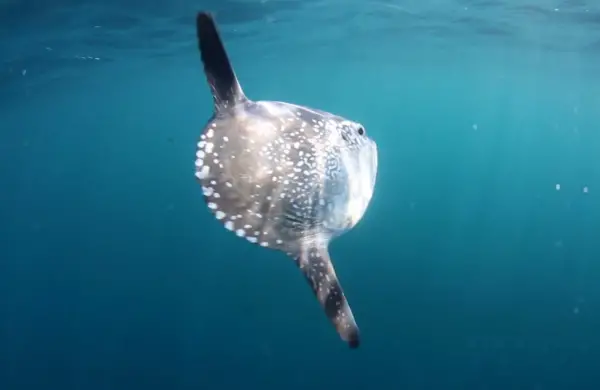
Their name actually has a lot to do with their shape. This type of fish dives deep into the ocean (more on that later), then swims back to the surface of the water and floats on the side in order to warm up on the sun as quickly as possible, so that it can dive back into cold depths of the ocean again. We all know what it means when a fish is floating on the surface of the water, but when it comes to this one, you can relax since it is just sunbathing.
2 / 10
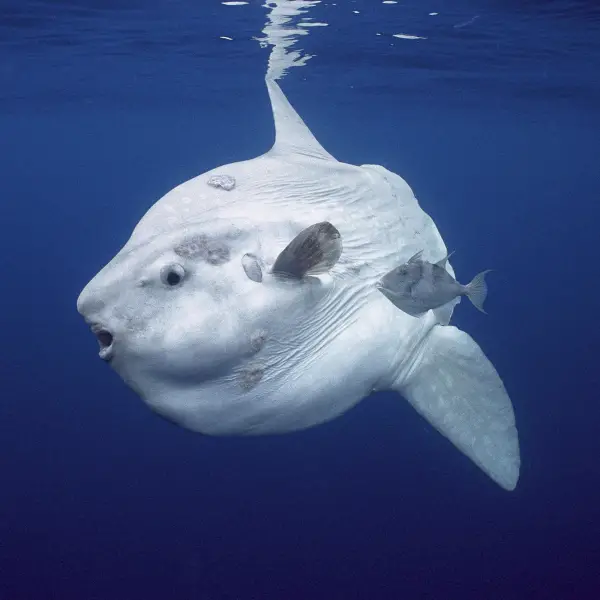
Although the sunfish or Mola has been well-known and documented for a long time, we had only been familiar with three species of Mola: Masturus lanceolatus, Mola mola and Mola ramsayi. All of that changed when in 2010 a student at Murdoch University in Australia, Marianne Nyegaard, started doing population studies on Mola or sunfish on her PhD studies. That's when her life turned into an adventure, as she says herself: “What began as something of a side project turned into a four-year treasure hunt, flying thousands of kilometers to track down evidence with the help of dozens of people.”
3 / 10
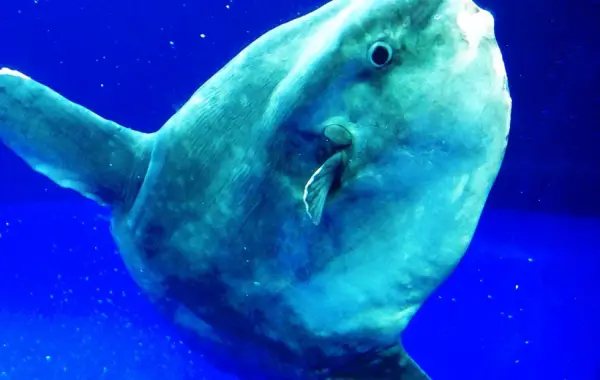
Marianne Nyegaard started analyzing 150 DNA samples of sunfish as a part of her PhD research. Once she was finished with her analysis, she came to an interesting conclusion, that there is one species missing. Not to get too deep into the science stuff, her research simply indicated that there are four instead of three species of sunfish. Marianne decided to find the missing species and that's when her adventure began.
4 / 10

Once she decided to go on a mission to find the missing species, all she had were skin samples with the DNA of yet to be discovered Mola tecta. First step she took on her quest was on the social media. Marianne started looking for pictures of the mysterious sunfish, since she had a vague idea what it might look like. Because all sunfish have similar characteristics, mainly their flat body shape and the fact that they don't have a tail, she started searching for something similar but still different from the other 3 species. Social media had another important role in this adventure, since she used it to build a network of people that would help her find the fish.
5 / 10

Marianne knew that finding this sunfish won't be an easy task, so she needed to get in touch with as many people as she could in order to increase her chances of finding the missing Mola. This type of fish isn't really that rare so that wasn’t the problem she was facing. Although they were quite common, there was another characteristic of this species that was making this quest so troublesome. These creatures are incredible divers. They can dive deeper than a 1000ft into the ocean in order to feed. You can clearly see how that would be a problem for someone looking to capture this fish.
6 / 10
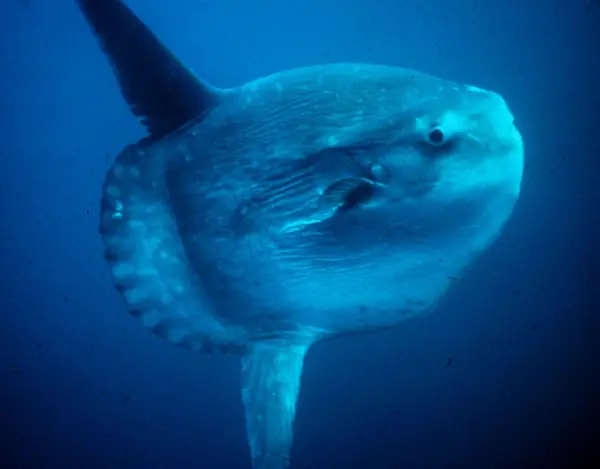
Another problem with catching these creatures is the fact that they live a solitary life. Sunfish are alone most of the time, so finding one of them in the ocean when they dive as deep as they do would literally be like trying to find a needle in a haystack. Only chance Marianne had of finding this fish was by accident. Her plan was to create a network of people, mainly from New Zealand and Australia, that would notify her when they find a sunfish stranded on the land or captured by accident in someone’s fishing gear.
7 / 10
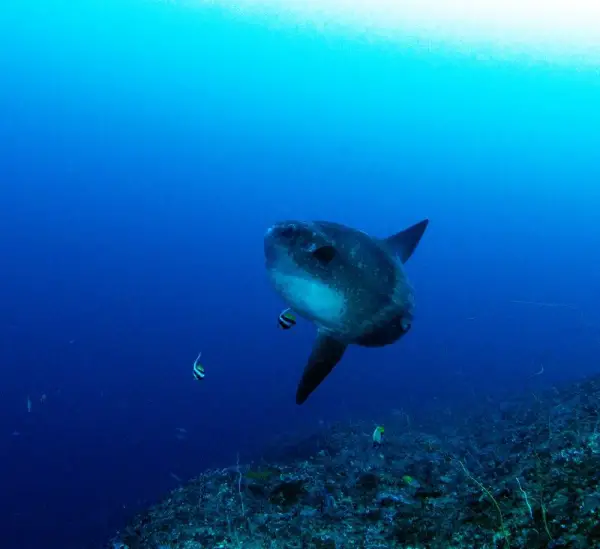
People started sending her pictures whenever they would come across a sunfish or even when they could only see a fin in the water. Marianne was carefully studying every piece of content they would give her, looking for something new about the sunfish. Her first exciting moment happened when a single sunfish got caught in a fishing line in New Zealand. While they were setting it free and getting ready to return it to the water they took a picture of it and sent it to Marianne. It was the first time that she thought she had actually made it. The fish on the picture had a strange structure on its back fin that other species of sunfish didn't have. This little detail got Marianne thinking that perhaps she has finally found what she was looking for.
8 / 10

While she was examining the picture she got and the genetic sample, she received even greater news from the same beach in New Zealand. Apparently four sunfish got stranded on that beach at the same time. Marianne got so excited because of this news that she flew to New Zealand immediately and got to the beach by car in the middle of the night. “I flew down to Christchurch, landed at night and drove out to the beach. I saw my first Hoodwinker sunfish in the headlights of the car – it was incredibly exciting. This changed everything, because now we knew what we were looking for.” said Marianne. Finally, the 4-year long search was over.
9 / 10
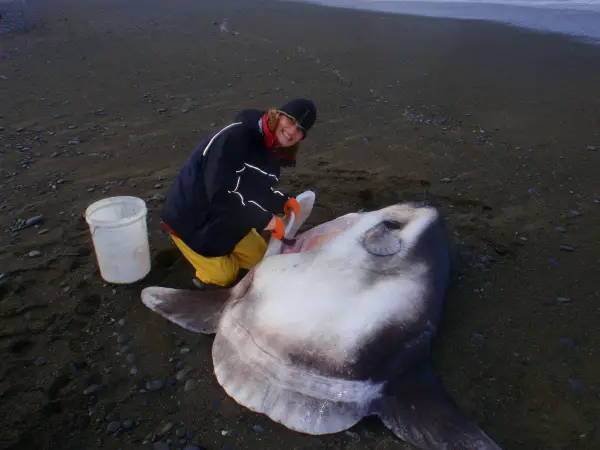
They found that the newly discovered species could vary in size from 20 to around 100 inches. Other three species of Mola developed bumps and lumps on their body as they grow, but this species did not. Instead, the young ones didn't have any changes on their bodies while growing up, the only difference between them and the adult ones was the change in size. Their back fin is also different as it is separated into a lower and upper part by a small flexible piece of skin. They playfully named it Mola tecta (hidden) or the Hoodwinker sunfish because it was hiding for hundreds of years.
10 / 10
Image Sources:
- tinyurl.com/y7xuc2fd
- tinyurl.com/y8co893f
- tinyurl.com/y7py4e6m
- tinyurl.com/y7bhgkrd
- tinyurl.com/y7gvku9u
- tinyurl.com/y7qgdbfn
- tinyurl.com/y7h4r5f4
- tinyurl.com/ybdx5ddo
- tinyurl.com/ybhmxdgx
- www.youtube.com/watch?v=kxDfrIjE9xg
